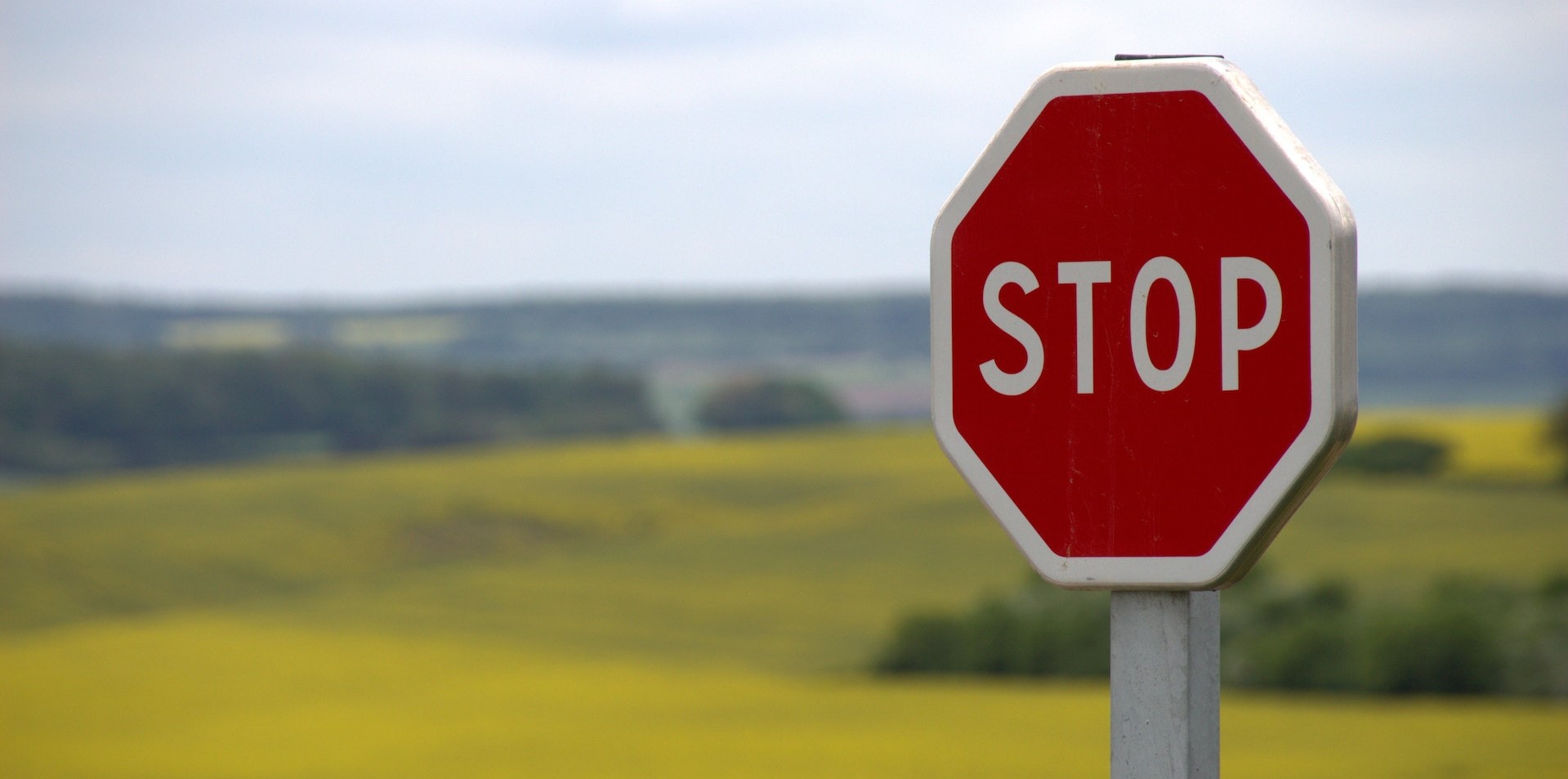
Protected areas play a vital role in preservation of nature and the goods and services people receive from it, i.e. ecosystem services. A protected area is a clearly defined area (geographic space), which is recognised, legally established and managed through legal or other effective measures, in order to achieve long-term conservation of nature and associated ecosystem services and cultural values of that area. The World Conservation Union defines a system of several categories of protected areas (strict nature reserves, national park, natural monument, nature park, protected area and multipurpose area), which have their own gradation in regard to scope and form of protection and the inclusion of human activities. The focus on protection, from pure nature protection, transfers to nature protection with the active involvement of local communities and the business community. By signing the Convention on Biological Diversity in 1993, 168 countries pledged to increase the extent of protected areas. All this led to adjustment of local and global economic flows, changing the way of using resources, adjustment of legal regulations and application of an interdisciplinary approach in protection and development policies. This is a big challenge to this day!
YOUR CHALLENGE IS:
You are the mayor of a municipality, and you have to lead the process of declaring a new mountain protected area, which territorially covers part of your municipality. It is in the interest of the municipality to preserve the natural values of the mountain, to encourage the development of tourism, to put order in the manner of how natural resources of the mountain are used and to ensure a better living standard for the local residents.
On the other hand, you are aware that there are numerous conflicting interests and mixed competences regarding the use of natural resources. The mines must not be closed because they employ about 35% of the population, and the concessions contribute to the local economy. In addition, you have signed contracts for the construction of several infrastructure facilities (ski centre, small hydroelectric power plants, construction of hotels, etc.), which contradicts the declaration of a protected area.
Concessionaires of mineral resources, small hydroelectric plants, wildlife, pastures and forests are against the declaration of a protected area. They consider that the natural resources of the mountain are well managed. And the local population believes that declaring a protected area will stop the use of resources.
A European Union fund appears that can support the process of declaration and is correlated with the obligations that the state has to fulfil towards the protection of nature.
How would you act in the situation?
Watch the video to learn more about the declaring protected area:












The financier may only give you a limited period of 6 to 12 months to reconsider and prepare for the final decision. But in the meantime, resource users will continue to press against the declaration of a protected area, while eco-activists will rebel for the declaration of a protected area. Therefore, you will certainly need to make a timely decision.
Try again…


Concessionaires usually criticize the intention of protection – they warn that they will have large economic losses, refer to their contracts with the state and claim that they will demand compensation from the state for all losses (it is a matter of millions of euros). On the other hand, you are aware of the losses for nature and the damage they (can) cause to the environment.
Try again…


You are not certain about the decision, but the Municipal Council has divided opinions due to the influence of various interest groups on its members. However, you do not want to miss the finances, and you are aware that the users of natural resources must be brought under control. On the other hand, the municipality has an economic benefit from them.
Try again…


The results of the public consultation will help you to make a decision to accept or not to accept the process for declaring a protected area. If the public accepts the concept of a protected area as an opportunity for development and protection, in that case you initiate the process of declaration. If the population does not believe that the protected area will bring them benefit, in that case you will have to work on informing, educating and raising public awareness about the benefits of a protected area for protection and sustainable economic development.
You are on the right track…




• I will ignore their reactions because the declaration of a protected area is a correct decision that will provide long-term benefits for both the population and the municipality.


By making a decision not to use the dedicated fund and not to advocate for the protection of nature, i.e. the declaration of a protected area in this mandate, you allow activities that lead to the loss and degradation of nature and natural resources to continue to occur in your municipality, you do not care about the health and well-being of the local population and you do not contribute to the progress of the country. This will result in a bad reputation for you, the municipality and the state, public condemnation and loss of position. You and your country will receive negative points from the EU, from the local population and the conservation sector.
Try Again…

Choose another option

You try to provide arguments that now is not the time for protection, you will lose significant funds from the concessions and the municipality will collapse, but the Municipal Council (composed of members from different political parties and civic initiatives) condemns you because the situation on the ground is becoming worse. All resource users are increasing their activities on the ground – they are afraid that there may be changes and are using the opportunity, and this is already visible to the public.
Try Again…


By preparing a financial impact study, you will receive relevant information that will help you support the decision to accept or not accept the process for declaring a protected area.
You are on the right track…
What if you choose:

B) I will prolong the process of declaring a protected area.


This process requires extensive communication among all stakeholders, decision-makers, local communities, the wider and expert public. It is necessary to discuss the existing legal bases for the management of natural resources, the competences regarding the use of resources, the needs of local communities, the interests of the development of the area, etc. It is important to come up with appropriate, common solutions during the discussions, which is actually not always simple and does not depend only on one stakeholder. In doing so, it is most important to understand the need for protection and sustainable use of resources and opportunities for economic development within the protected areas. And that: protection does not mean prohibition of use, but provision of long-term benefit to people from nature.
Try Again…


The process of declaring a protected area is complex. It is necessary to produce a study on the valorisation of the natural values of the mountain by expert; to define boundaries, zones and protection regime; to find a management model; to ensure integrated management of resources; to involve stakeholders and the public; to fit the needs and interests of local communities; to prepare appropriate documentation; and submit a proposal to the government bodies, which review the acceptability of the proposal and make a decision on declaration. Therefore:
- Organise a public campaign to inform and educate stakeholders.
- Seek support from other public institutions.
- Conduct public consultations – organise meetings (meetings, forums, send questionnaires…) with all stakeholders (concessionaires, eco-activists, population, local organisations and businesses), in order to match the interests for economic development and the needs of the local population for the use of natural resources.
By doing so, you will involve all parties in the process, you will be able to change their opinion in the direction of supporting the declaration of a protected area and an acceptable proposal for a protected area (boundaries, zones and management regime) will be adopted.
You are on the right track…
What if you choose:






Therefore, effective stakeholder engagement requires an open and transparent two-way communication process, where stakeholders can participate and contribute to the decision-making process. This approach can help to build trust, foster collaboration, and create a sense of shared ownership and accountability, leading to better outcomes for all stakeholders involved.
Continue to Construction phase

Replay The Game

Continue to Operation and monitoring phase







